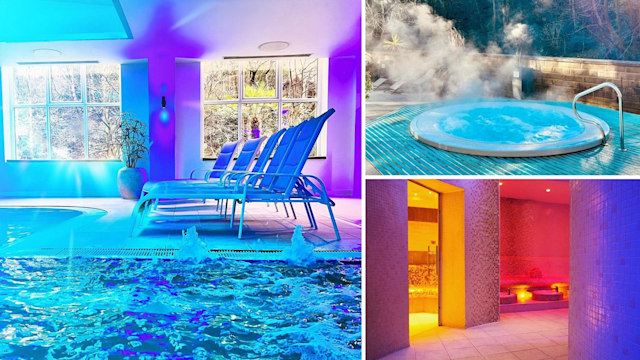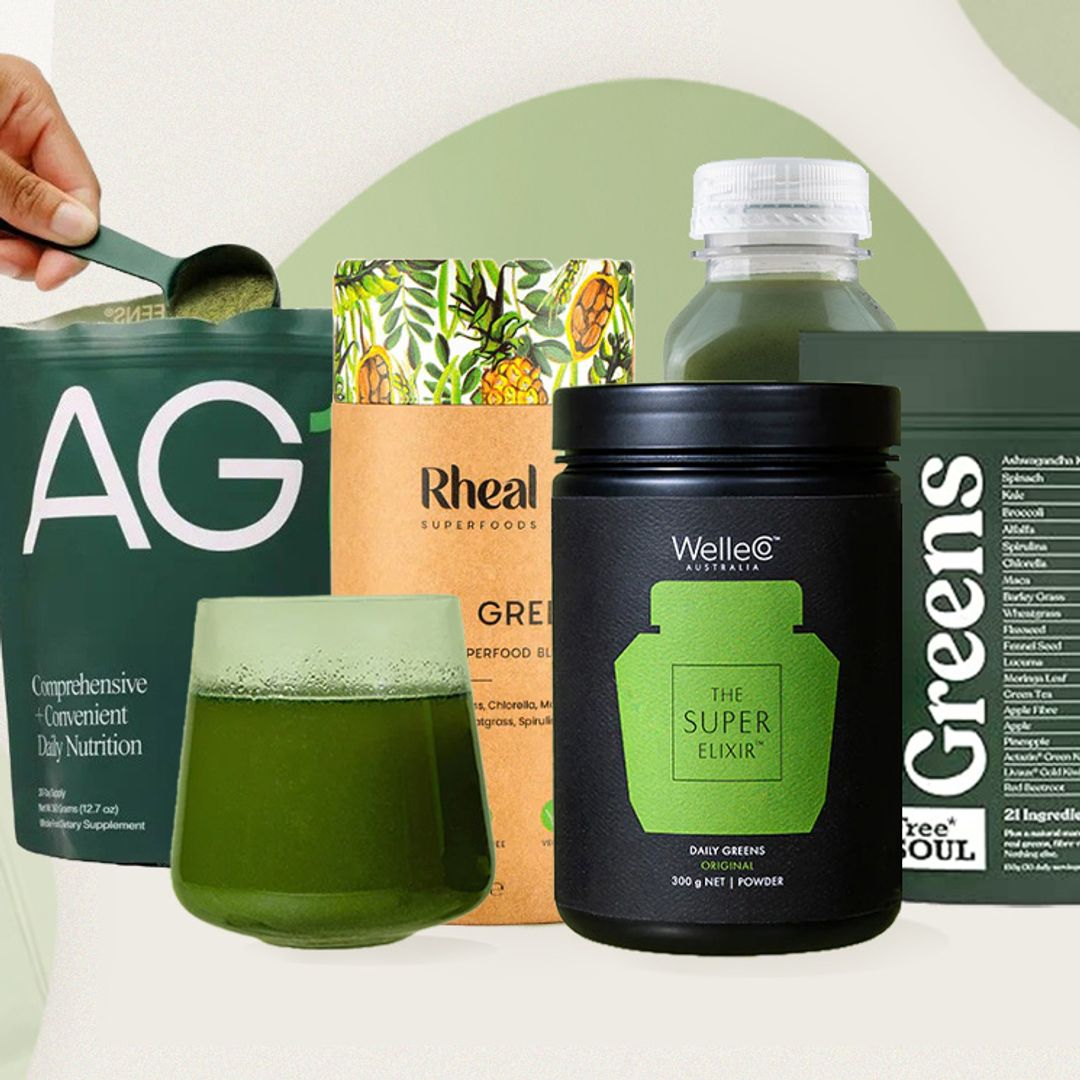What do you consider when you're searching for a spa break? A sprawling infinity pool? Relaxing treatments? Impressive grounds? What about their eco-credentials?
It's notoriously difficult for spas to be sustainable – each guest uses multiple towels, and due to hygiene needs (think paper underwear and new nail files for each client) there's an awful lot of waste when it comes to wellness, but with environmental issues increasingly at the forefront of our minds, one spa is making every effort to be as sustainable as possible.
Huddersfield's Titanic Spa was awarded 'Best Sustainable Spa' in the Marie Claire’s sustainability awards, and the wellbeing hotspot is the perfect example of how green initiatives and investments can create a wellness space that prioritises the planet as much as the wellbeing of its guests.
Why do spas struggle to be sustainable?
"There are a few obstacles standing in the way of spas being sustainable," says Warrick Burton of Titanic Spa. "To be eco-friendly requires investment, knowledge and real passion for the planet.
"The biggest obstacle for spas to be eco-friendly is water consumption. Spas typically require a significant amount of water for the facilities to function and managing this and minimising waste can be a challenge – especially during peak periods."
DISCOVER: 14 of the most romantic couples' retreats in the UK to stay with your other half
"There is also a heavy reliance on energy as spas rely on heating, cooling, lighting and equipment that consume substantial amounts of energy. Finding ways to optimise energy usage through smart systems is crucial.
"Finally, one of the biggest obstacles is education. It is crucial to educate staff about sustainable practices, provide training on energy and water-saving techniques and promote eco-friendly choices to guests. Creating a culture of sustainability requires ongoing education and communication."
Why is it important for spas to be sustainable?
"As a spa, we have a responsibility to prioritise the health and wellbeing of our guests," says Warrick.
"By embracing sustainable practices, we ensure that our treatments and services not only enhance their physical and mental wellness but also minimise any negative impact on the environment.
READ: How nature can make you happier - without going outside
"Our sustainable practices such as using organic products, conserving water, generating our own electricity and reducing waste help us create a harmonious balance between luxury and ecological consciousness.
"Sustainability also aligns with the values and expectations of our guests today. They are all increasingly mindful of their carbon footprint and seek out locations that share their commitment to sustainability. By prioritising this, we find that we attract environmentally-conscious guests who value responsible business practices and share our goal.
"Also, being one of the first to really embrace sustainability in the spa industry allows us to contribute to the larger global efforts to see this effort spread further. It is important that we are setting an example for other businesses in our industry, encouraging them and supporting them to follow suit and create a collective positive impact."
So, how is the Titanic Spa working to be eco-friendly, and what should you look for in a sustainable spa?
How can spas be more sustainable?
- Use solar panels for renewable energy: Titanic Spa is set amongst the hill of the Yorkshire Pennines and uses solar photovoltaic roof panels to generate its own renewable energy
- Laundry solutions: One of the greatest luxuries of a spa includes fluffy towels and robes, but with each guest using multiple towels, it creates a lot of laundry. Titanic Spa uses the OTEX laundry system, also used in hospitals, which is energy efficient and extremely powerful at cleaning
- Ban single use plastic: We need to stay hydrated while at the spa, but getting rid of plastic cups is an easy way to eliminate plastic waste. Avoid straws, too. Titanic Spa's straws are made from seashells, making them a biodegradable alternative.
- Efficient lighting: Opting for energy-efficient lighting and appliances throughout the spa will ensure energy is conserved
- Consider marketing materials: There's nothing like browsing a spa menu, but multiple paper booklets easily mount up into waste. Look for spas using recycled paper for spa brochures as well as vegetable ink dyes for printing.









